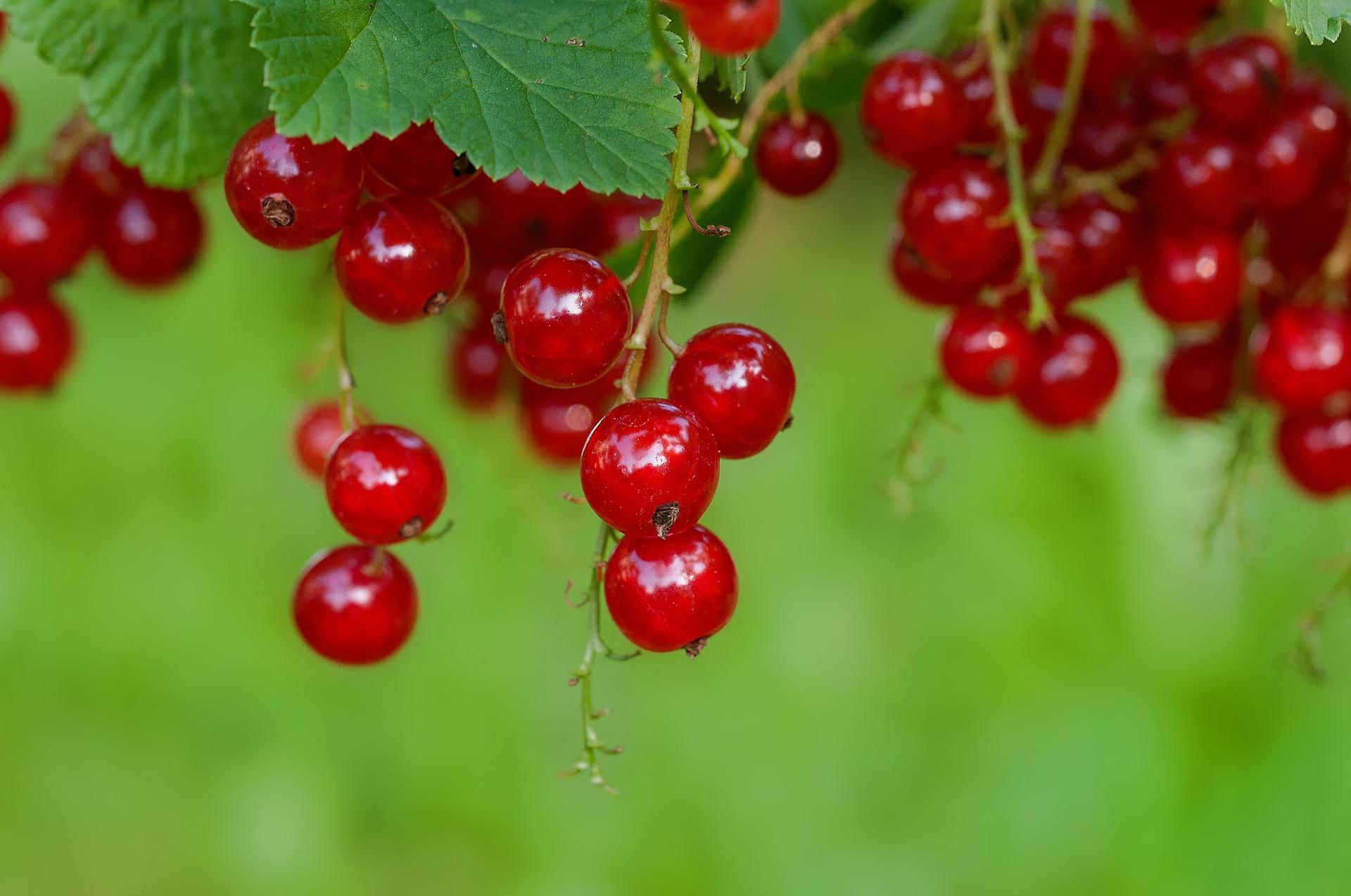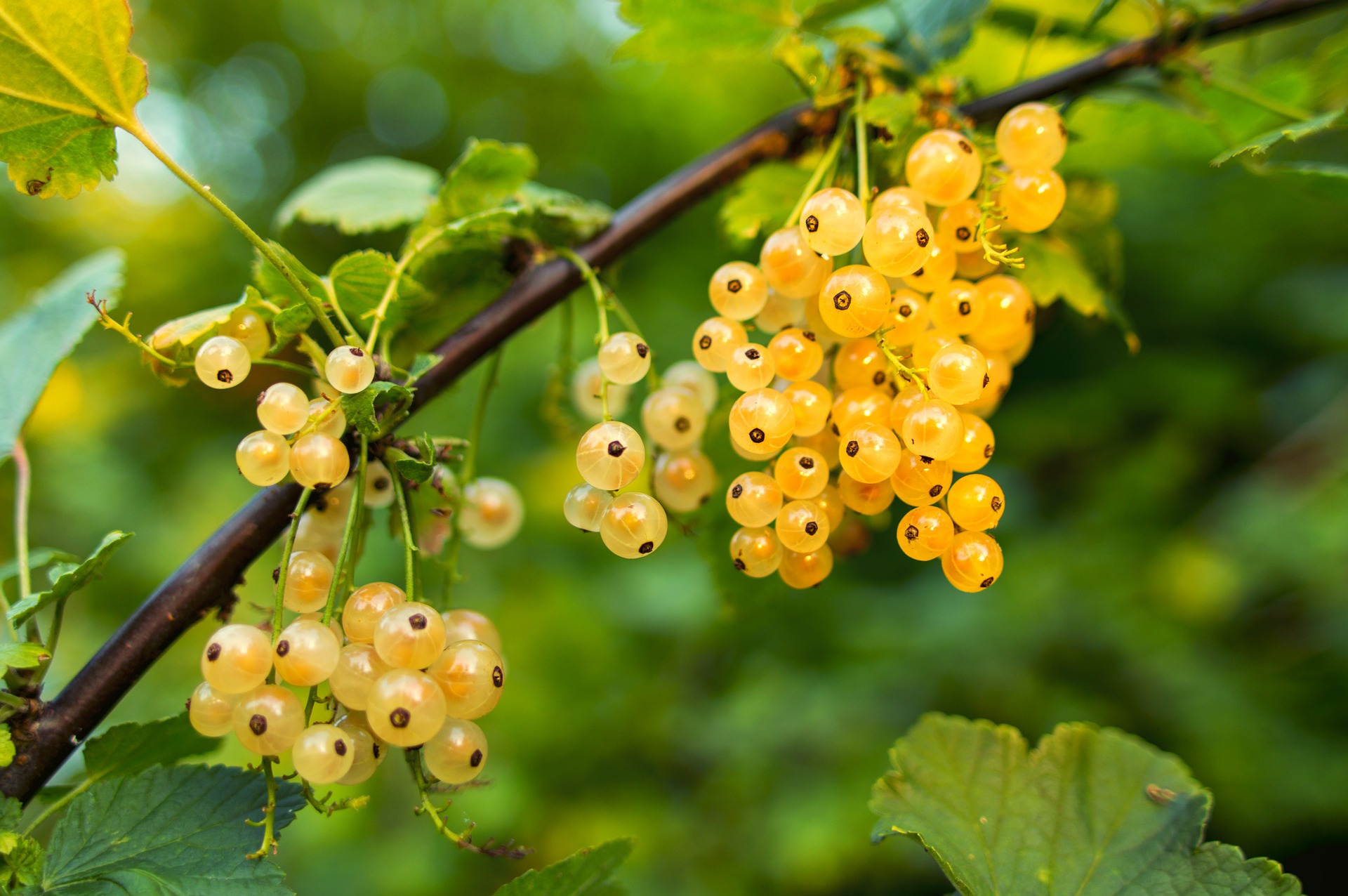Discover how to grow juicy, health-boosting currants! Banned until recently in the United States, these popular berries are wonderful in cookies, crumbles, juices, and jams. Discover a whole new fruit to enjoy with our guide on how to plant and grow currants!
About Currants
Currants might look like blueberries at first glance—small, round, berries that grow on shrubs. Currants (Ribes) are thornless understory shrubs, growing in USDA hardiness zones 3 to 8. Some are cold-hardy to Zone 2. They can grow 3 to 6 feet wide and tall.
Currant bushes are easier to grow than most berries; they don’t need special acidic soil like blueberries; they’re thornless unlike their fellow gooseberries; they grow on grape-like clusters on stems so they are easy to harvest. And they are prolific! They are some hard-working berries.
Currant berries are extremely healthy and high in Vitamin C. They come in multiple varieties, too: choose from white or redcurrants, blackcurrants, and there’s even a pink currant.
Currants Return to America
While European gardeners are familiar with blackcurrants and other currants, many North Americans are yet to discover the wonders of these berries. Why? In the U.S., currants were banned from being grown or sold for many years because of a disease called white pine blister rust, which threatened the forest industry. Currants served as an intermediary host for this disease. But while the effects on currants are minimal, the same can’t be said for white pines, which will often die from the disease.
After many decades, the ban has had little impact on the spread of the disease, so most states have now lifted it. Meanwhile, a lot of work is going into breeding white pine blister rust-resistant trees. However, some states still do not allow the growing of currants or require a permit to do so. Check state regulations for restrictions before planting. If you’re ordering from an online nursery, they will often list states that they can not ship to.







.png?itok=a6Ob1q97)





Comments